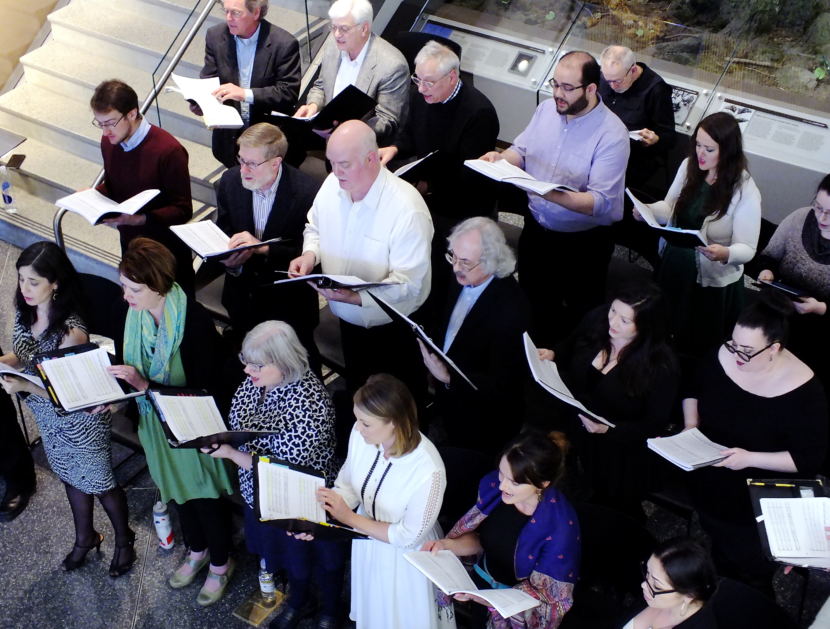
It’s been called the “Titanic of the North,” or the deadliest maritime disaster in Alaska history.
A hundred years ago, the steamship Princess Sophia ran aground on a reef near Juneau and later sank. The tragic story of how over 340 men, women, and children aboard died without being rescued recently drew a group of Alaska artists together to commemorate the disaster on stage.
Life, love, power, death, and tragedy. The story of the sinking of the Princess Sophia has all the essential elements of an opera.
And that’s what William Todd Hunt, artistic director of the local operatic group Orpheus Project, said piqued his interest.
“It has everything that a typical opera has, except for an antagonist,” said Hunt. “There’s no person that did things wrong, or was evil or whatever. But it’s this horrible tragedy and with everybody on the ship dying, that’s pretty operatic.
It was Hunt’s idea to commemorate the 100th anniversary of the tragedy with an opera.

Hunt asked Juneau screenwriter Dave Hunsaker for help, even though he had never written a libretto before.
It turns out Hunsaker was already primed in the story. He became interested in the Princess Sophia story a few years ago after helping a local artist with a gallery opening featuring paintings about the disaster.
“We know very little about what actually went on on the ship. A couple of letters and some wireless transmissions,” Hunsaker said. “But to me, it just seems like it really is an enormous, natural disaster in which the people are pitted against something they can’t win in this situation.”
Hunsaker made Captain John Leadbetter the sympathetic point-of-view character. Leadbetter operated the lighthouse tender Cedar which stood by in a vain attempt at possibly rescuing the passengers and crew.
In addition to writing the opera, Hunsaker is also its stage director.
For the set, Hunsaker said it was unrealistic – or just plain silly – to try to recreate the ship on the stage with all its passengers and crew.
Instead, there will be dancers representing things like the ship, the wind, and the sea.
Also, the dying ship will find its voice with a final, haunting lullaby sung just offstage by soprano Tess Altiveros.

To write the music, Hunt called on Fairbanks composer and conductor Emerson Eads who just finished “Color of Gold,” an opera about the founding of Fairbanks.
“I put up the scenes up on my wall surrounding my piano, and I just have all of the text laying in front of me,’ Eads said. “And then I just ‘X’ it off as I go through so that I keep track of where the scene is in the construction phase.”
Eads composed distinctive musical motifs or themes for the reef, the overall sense of apprehension or unknowing, and a reading of names of everyone who died.
“The antagonist becomes Nature. The sea, the wind become the antagonist against the Sophia,” Eads said. “And that’s played out with ballets that will happen intermittently between the operatic scenes”
Eads said he was anxious to see all that play out onstage.
“Because I’m so not the visual side of things. I’m just the music,” Eads said. “The whole concept of staging, the whole concept of lighting, all that stuff is like… I come in and I’m like a little kid out of school, and I’m just like, ‘Ohmigosh!’ It’s just so amazing, because when I’m writing this, I’m not thinking about that at all. I’m just the drama and the music.”
“The Princess Sophia,” an opera in two acts, has a limited set of performances at the Juneau-Douglas High School Auditorium starting on the 100th anniversary of the sinking, on October 25, 27, and 28.


